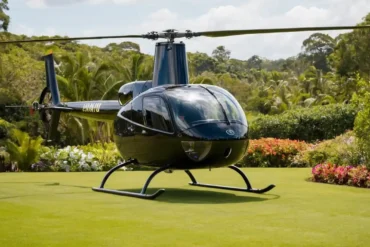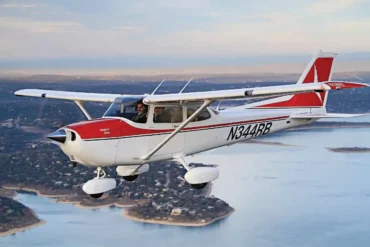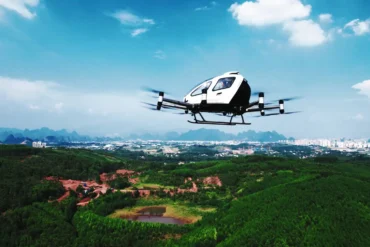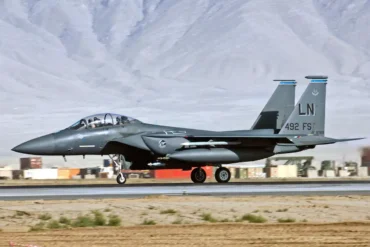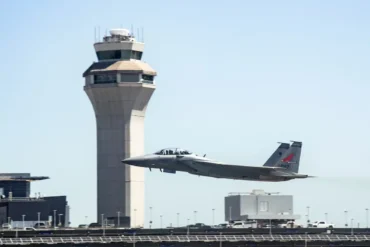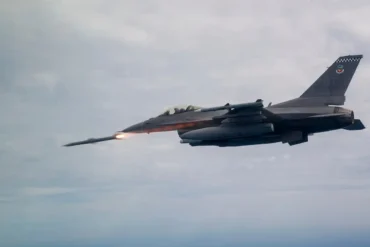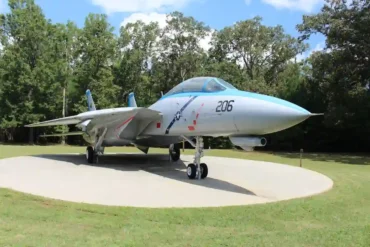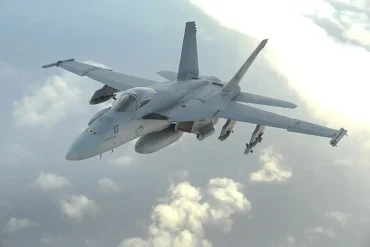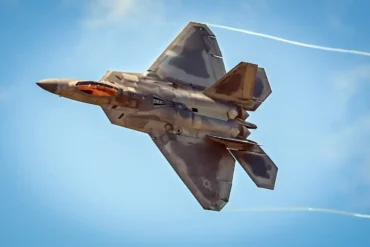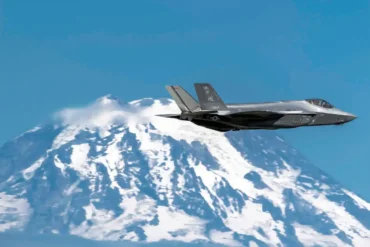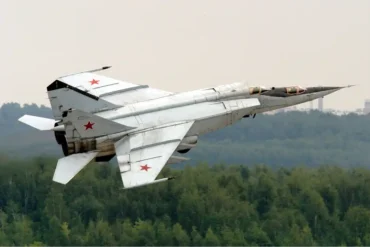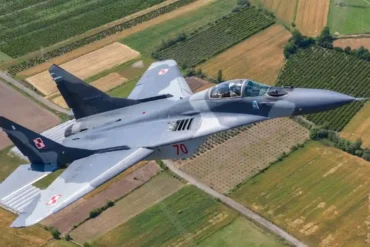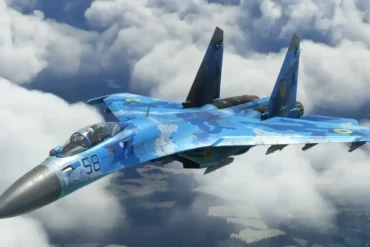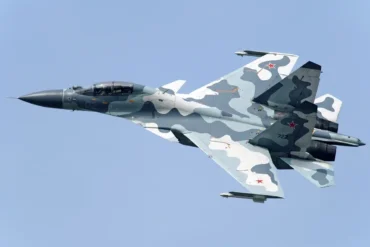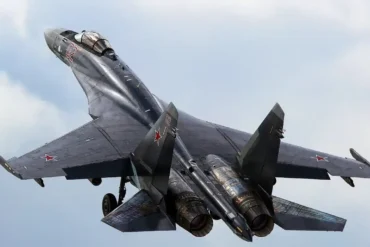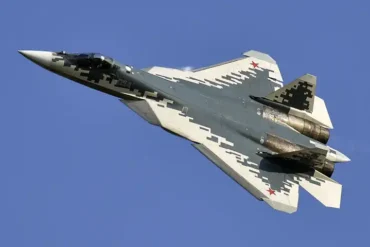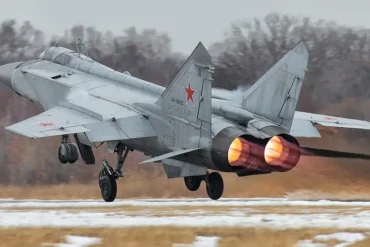The F-15, one of the most iconic and versatile fighter jets in the world, has seen numerous variants and upgrades since its inception. Whether you’re interested in the F-15C Eagle, the F-15E Strike Eagle, or the newer F-15EX Eagle II, the cost of these aircraft varies significantly due to differences in their features, capabilities, and purpose. In this article, we will break down the costs of various F-15 models, analyze their price points, and explore the factors that contribute to these figures.
Understanding the Cost of an F-15 Fighter Jet
The price of an F-15 fighter jet is influenced by numerous factors, including its model, specifications, and the technologies integrated into the aircraft. From the early models to the most recent upgrades, the F-15 family spans a range of costs. The prices provided below reflect historical and current estimates, primarily based on fiscal year 1998 constant dollars and more recent inflation adjustments.
F-15C Eagle: Air Superiority Fighter
The F-15C Eagle, renowned for its air superiority capabilities, was designed to dominate the skies and achieve air-to-air supremacy. As one of the primary models in the F-15 family, the F-15C’s price tag is influenced by its extensive radar system, advanced avionics, and superior thrust-to-weight ratio.
- Price: Around $29.9 million (fiscal year 1998 constant dollars).
- Key Features:
- Radar: The F-15C originally used the AN/APG-63 radar, later upgraded to AN/APG-63(V)1/V2/V3 with AESA capabilities.
- Top Speed: Mach 2 (1,875 mph).
- Crew: 1 (pilot).
- Maximum Takeoff Weight: 68,000 pounds.
- Range: 3,000 nautical miles with conformal fuel tanks and three external fuel tanks.
The F-15C was originally designed in the 1970s, but its cost today reflects inflation and extensive upgrades over the years. As such, the price for a new F-15C today could be somewhat higher than the original figures.
F-15E Strike Eagle: Dual-Role Fighter
The F-15E Strike Eagle, an upgraded variant, was built to carry out both air-to-air and air-to-ground missions. Designed to offer more versatility than the standard Eagle, the F-15E is equipped with state-of-the-art avionics, radar, and a larger weapons payload.
- Price: Approximately $31.1 million (fiscal year 1998 constant dollars).
- Key Features:
- Radar: The AN/APG-82(V)1 AESA radar is used in the F-15E, offering enhanced capabilities for both air-to-ground and air-to-air operations.
- Top Speed: Mach 2.5 (1,875 mph+).
- Crew: 2 (pilot and weapons systems officer).
- Maximum Takeoff Weight: 81,000 pounds.
- Range: 2,400 miles with conformal fuel tanks and three external fuel tanks.
While the F-15E costs slightly more than the base F-15C, it offers significantly more functionality, especially for ground strike operations. The dual-role capacity and longer-range strike capabilities contribute to the increase in price.
F-15EX Eagle II: The Latest Upgrade
The F-15EX Eagle II represents the latest iteration of the F-15 family, boasting cutting-edge avionics, superior weapon compatibility, and next-generation radar systems. Developed to replace older models, the F-15EX combines the best of the F-15’s heritage with modern technology, making it one of the most advanced multirole fighters in the world.
- Price: $90 million (flyaway cost).
- Key Features:
- Radar: The AN/APG-82(V)1 AESA radar, similar to that of the F-15E, offers exceptional tracking and engagement capabilities.
- Top Speed: Mach 2.5 (1,650 mph at high altitude, 921 mph at low altitude).
- Crew: 1 or 2 (pilot and weapons systems officer).
- Maximum Takeoff Weight: 81,000 pounds.
- Range: 2,400 miles with conformal fuel tanks and three external fuel tanks.
The F-15EX Eagle II is the most expensive F-15 variant currently in production, largely due to its advanced avionics, extended service life, and ability to carry the latest air-to-air and air-to-ground weapons, including hypersonic missiles.
Factors Affecting the Cost of an F-15 Jet
Several factors influence the cost of an F-15 fighter jet, ranging from its intended use to the types of systems and technologies integrated into the aircraft. Below are some of the key factors:
1. Development and Upgrades
The cost of developing and upgrading a fighter jet like the F-15 is significant. As technology evolves, the aircraft undergoes extensive upgrades to maintain its effectiveness in modern combat scenarios. For example, the transition from mechanically scanned array radar to active electronically scanned array (AESA) radar in the later variants significantly improved the aircraft’s tracking and detection capabilities.
These upgrades come with associated costs, including:
- Advanced radar and avionics systems.
- Enhanced software and hardware integration.
- New flight control systems and structural modifications.
2. Role and Versatility
The F-15 variants differ in their primary roles, from air superiority to multirole strike capabilities. Aircraft designed for dual roles (like the F-15E Strike Eagle and the F-15EX Eagle II) are generally more expensive due to their versatility in both air-to-air and air-to-ground operations. The ability to conduct missions in various environments, including low altitude and all-weather operations, adds value and cost to the jet.
3. Weapon Systems
The capability to carry and deliver advanced weapons also impacts the cost. The F-15 family is compatible with a wide range of munitions, including advanced air-to-air missiles, precision-guided bombs, and even hypersonic weapons (as seen in the F-15EX). These weapons systems, along with the aircraft’s ability to carry multiple payloads, contribute to higher production costs.
4. Maintenance and Operating Costs
While the purchase price is a significant factor, the operating costs of maintaining an F-15 fleet can be equally expensive. The F-15 requires periodic maintenance, upgrades, and parts replacement to remain combat-ready. The F-15EX, for example, comes with an improved structure and longer service life to reduce long-term maintenance costs compared to older variants.
5. Supply and Demand
The availability of spare parts, the number of aircraft in service, and ongoing demand for F-15s influence pricing. As more advanced models such as the F-15EX are introduced, the demand for older variants like the F-15C may decrease, affecting the cost for both buyers and the resale market.
How the F-15 Compares to Other Fighter Jets
When considering the cost of the F-15, it is useful to compare it with other prominent fighter jets, such as the F-35 and F-22 Raptor.
- F-35 Lightning II: The F-35, a fifth-generation stealth fighter, has a flyaway cost of $82.5 million for the F-35A model. Despite being a newer design with advanced stealth and sensor capabilities, the F-35 is less expensive than the F-15EX due to its higher production scale and different mission profile.
- F-22 Raptor: The F-22, another fifth-generation fighter, has an even higher price tag, with costs exceeding $150 million per unit. The F-22 is a stealth air superiority fighter with unmatched maneuverability and speed, but it also comes with a much higher cost than the F-15.
While the F-15 family is not as advanced in terms of stealth capabilities, its price point offers significant advantages in terms of versatility, speed, and payload capacity, making it a highly effective aircraft for air forces around the world.
Conclusion
The F-15 remains one of the most capable and cost-effective fighter jets on the market today. While prices vary based on the model and its features, the F-15’s reliability, versatility, and combat effectiveness continue to make it a popular choice among air forces worldwide. Whether you’re looking at the older, reliable F-15C or the cutting-edge F-15EX Eagle II, these aircraft represent a balance of cost and capability that few others can match.
Ultimately, the cost of an F-15 depends on a variety of factors, including the specific model, its mission capabilities, and the ongoing technological advancements that enhance its performance. Regardless of the variant, the F-15 remains an invaluable asset to modern military fleets, capable of securing air superiority and achieving mission success in some of the world’s most challenging environments.

